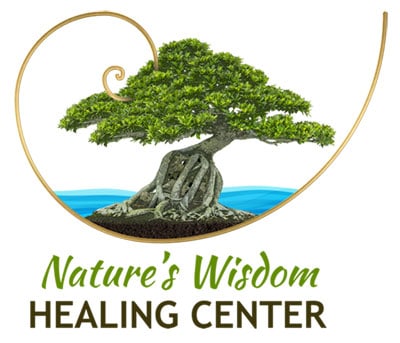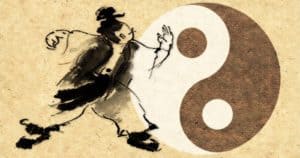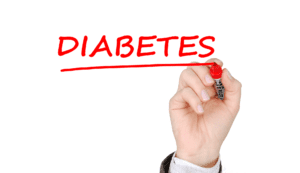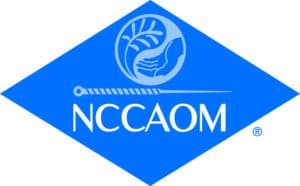- Complimentary Chat
- Complimentary Nutrition Assessment
-
-
 Nature's Wisdom Healing Center - Mary Cetan4920 Fruitville Road
Nature's Wisdom Healing Center - Mary Cetan4920 Fruitville Road
Sarasota, Florida 34232(941) 926-7899 - M9:00 am - 4:00 pmT9:00 am - 4:00 pmW9:00 am - 4:00 pmTH9:00 am - 4:00 pmF9:00 am - 4:00 pmSatmost 9:00 - noonSunClosed
-
Latest Articles:
- • Add These 10 Immune-Boosting Foods to Your Fall Diet •
- • Keep Your Skin Healthy and Glowing with these Fall Skincare Tips •
- • Beat End of Year Burnout with these Fall Self-Care Rituals •
Acupuncture Research Sites
Tai Chi/Chi Gong Classes 2018: Breath, Move, Be (Mon@7pm / Tues@4pm / Sat@9am)
 What is Tai Chi/Chi Gong?
What is Tai Chi/Chi Gong?
Tai Chi and Chi Gong are ancient Chinese traditions that, today, are practiced as a graceful forms of healing exercises. Practicing these healing arts involves conscious breathing, gentle movements and increasing awareness. The exercises are relaxing, invigorating and enjoyable. They encourage healthy movement of energy and bring happiness to the body.
Who Can Practice Tai Chi/Chi Gong?
Tai Chi/Chi Gong is low impact and puts minimal stress on muscles and joints, making it generally safe for all ages and fitness levels. In fact, because this is a low impact exercise, it is especially suitable for older adults who otherwise may not exercise. Tai Chi/Chi Gong is also appealing to many because it is inexpensive, as it requires no special equipment. You can practice Chi Gong anywhere—indoors or outdoors; alone or in a group class; barefoot or with comfortable foot ware; and comfortable clothing of any kind can be worn.
Although Chi Gong is very safe, if you are pregnant, have an injury or any severe medical condition, consult with your doctor or our doctor before attending our class. Modification or avoidance of certain postures can be recommended for people with medical conditions or physical limitations.
Our class size is limited to to clinic space. Each class can have 8 to 10 participants. Sign up now to claim your desired class time on our on-line schedule. Fee: $15 per class or a 4 pack for $52.
How Can A NCCAOM Certified Acupuncture Physician Help You?
What Qualifications Does a NCCAOM Certified Acupuncture Physician have and How Can you be helped with Acupuncture?
Acupuncture Cert BrochureHappy New Year 2018!
 A new beginning, isn’t this exciting? Time to focus on new possibilities and the opportunity to take new actions. I love that I have no idea exactly what 2018 will bring and I enter it with enthusiasm, openness, and gratitude. As we welcome in a new year full of infinite potential and miraculous possibility, here is my 2018 New Year’s wish for you.
A new beginning, isn’t this exciting? Time to focus on new possibilities and the opportunity to take new actions. I love that I have no idea exactly what 2018 will bring and I enter it with enthusiasm, openness, and gratitude. As we welcome in a new year full of infinite potential and miraculous possibility, here is my 2018 New Year’s wish for you.
- That you find a way to laugh and enjoy each day
- That you listen to others with an open heart
- That you continue to grow and learn
- That you commit to your goals to improve yourself
- That you find meaningful ways to contribute to your loved ones and to your community
- That you enjoy the journey
What do you wish for yourself? What experiences are you hoping for in 2018? What will you focus on?
As for me and the Nature’s Wisdom Healing Center team, we’re focusing on helping people reach their health goals, bringing people together to learn, nurturing our friendships and supporting our community. We are looking forward sharing our newsletter and media posts with you. We are also very excited about the upcoming events we will host at our clinic this year so that 2018 will be the best year ever!
Happy New Year to you dear patients, friends and community! I look forward to the experiences that we share in 2018.
In peace, health and happiness,
Dr. Mary and Nature’s Wisdom Healing Center team



